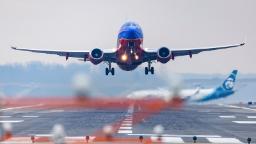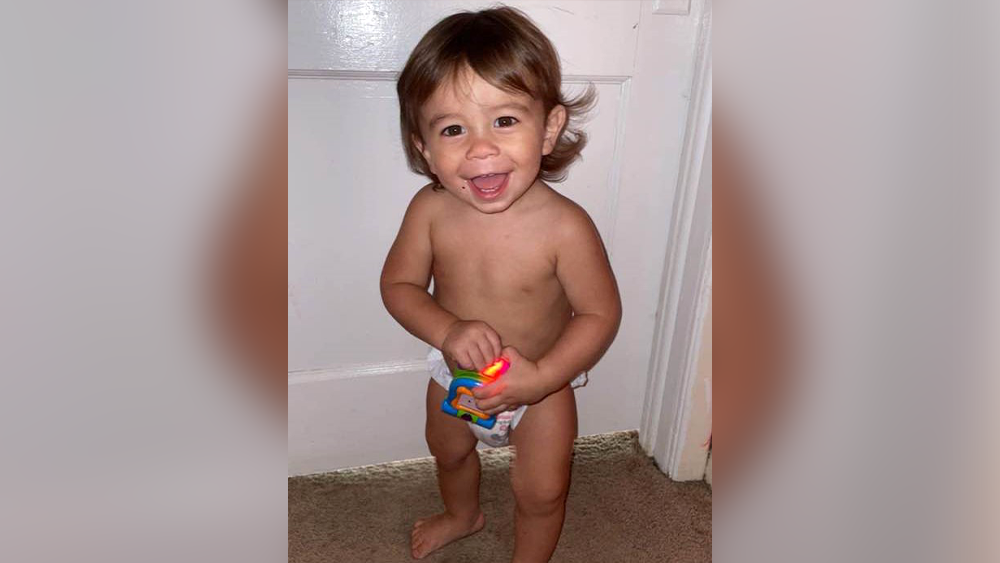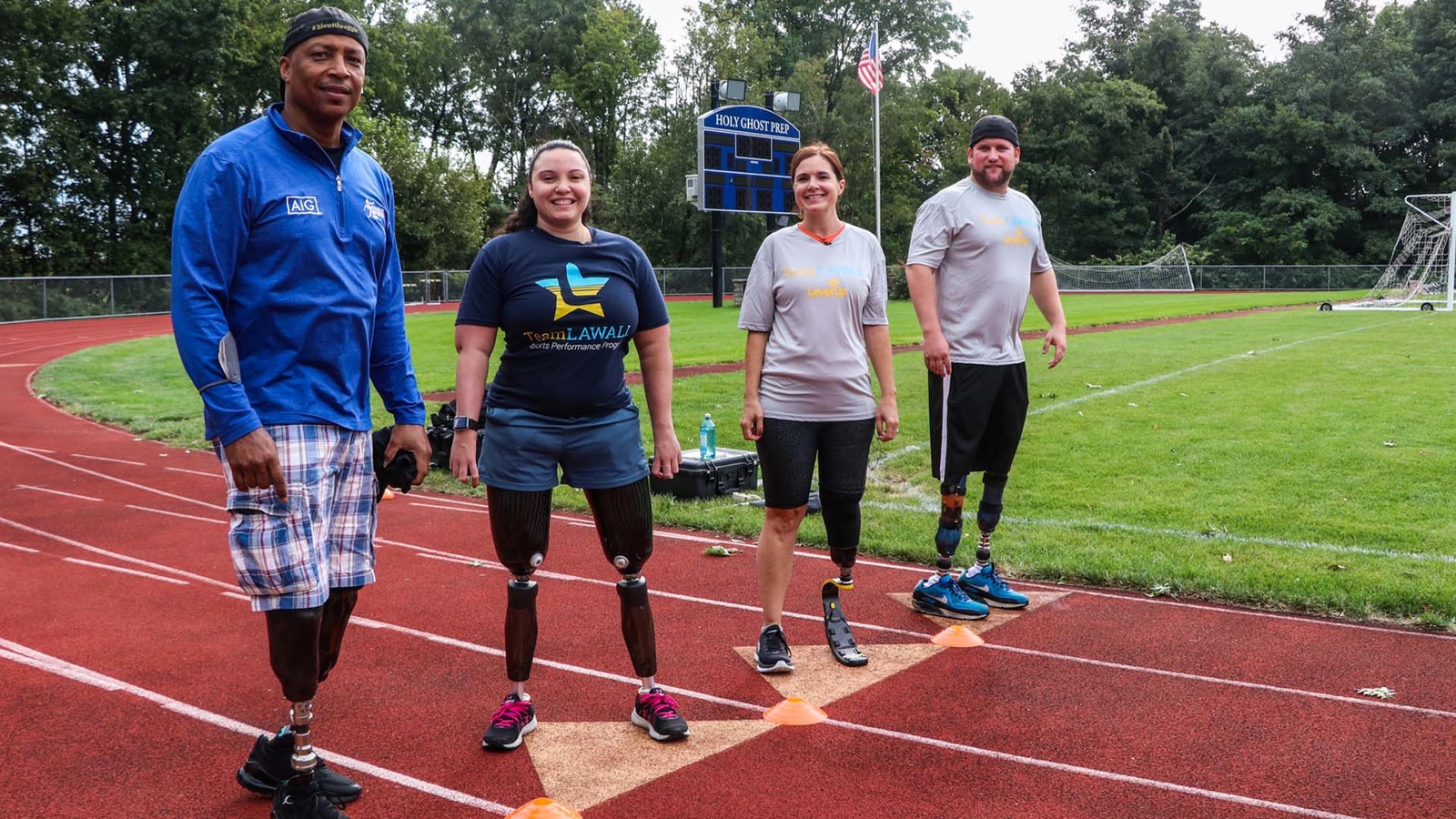
CNN
—
Secretary of Transportation Pete Buttigieg on Wednesday cited an “uptick” in recent aviation incidents and called on participants at a Federal Aviation Administration safety summit to help find the “root causes” of the problem.
“We are particularly concerned because we have seen an uptick in serious close calls,” Buttigieg said in his opening remarks, referring to a series of near collisions on runways across the US.
After the rare summit, the FAA said discussions about how to prevent incidents at airports ranged from overstressed pilots and flight attendants to better air traffic control technology.
“Pilots and flight attendants expressed concerns that they continue to feel stress in the workplace, including long work hours under adverse conditions,” the FAA said following closed-door meetings. “A primary concern was workforce experience and attrition.”
The summit comes after the FAA said it was investigating another close call between commercial airliners. The most recent close call was at Reagan National Airport near Washington, DC – the seventh since the start of this year.
On March 7, Republic Airways Flight 4736 crossed a runway, without clearance, that United Airlines Flight 2003 was using for takeoff, according to a preliminary review, the FAA said. The United pilot had just been cleared for takeoff, the agency said.
“An air traffic controller noticed the situation and immediately canceled the takeoff clearance for the United flight,” the FAA said.
The FAA safety summit in McLean, Virginia, is the first of its kind since 2009 and kicks off a sweeping safety review the agency is conducting in the wake of the incursions.
The agency said it is looking for “ways to address areas where the existing safety system could be tightened,” including finding new technology to help alert air traffic controllers when airplanes and other vehicles are on a collision course on runways and taxiways.
“The FAA issued a call to industry to help identify technologies that could augment existing capabilities of surface surveillance equipment and deploy this technology to all airports with air traffic control services,” the agency said.
Later this month, the FAA will hold a workshop on mitigating risks at America’s 200 busiest commercial airports.
“There is no question that aviation is amazingly safe, but vigilance can never take the day off,” FAA Acting Administrator Billy Nolen said in a statement. “We must ask ourselves difficult and sometimes uncomfortable questions, even when we are confident that the system is sound.”
Buttigieg said aviation interests must identify “a very concrete diagnosis and specific action steps” to reduce the number of near collisions.
“It would be one thing if we found a certain piece of technology in the cockpit or a certain control tower where there were a lot of issues,” Buttigieg told CNN. “But instead what we’re finding is that pilots, ground crews and controllers alike seem to be experiencing this uptick. Some have described it as a kind of rust.”
“We’re not going to wait for something still worse to happen to act now,” he told CNN, adding that the efforts should result in “making sure we can save lives at airports around the country.”
In remarks at the opening of the summit – attended by safety investigators, industry representatives, union leaders, and others – the transportation secretary said the gathering is “about the entire system, which means it’s about all of us.”
Buttigieg said Wednesday’s summit was the first in a series of coordinated events the FAA will conduct to find out what’s working well and what “new steps” need to be taken to ensure safety.
Air travel has had a strong safety record and is the safest form of travel, Buttigieg said, but “we dare not” take that record for granted.
The chairwoman of the National Transportation Safety Board told participants in the summit that the safety agency has made seven recommendations on runway collisions that have not been enacted.
“One is 23 years old and still appropriate today on technology warning pilots of an impending collision,” Chairwoman Jennifer Homendy said.
“How many times are we going to have to issue the same recommendations over and over and over again?” she asked.
Homendy said she’s already found one common issue with the six runway incursions they are investigating. In each case, the cockpit voice recorder, known as one of the black boxes, was overwritten, preventing investigators from hearing what took place on the flight deck.
“All federal agencies here today need to ask: Are we doing everything possible to make our skies safer? We’ve been asking ourselves that very question at the NTSB,” she said.
Nick Calio, president and CEO of Airlines for America, the trade association representing the major airlines, told the summit, “There’s constant self-evaluation always going on.”
Calio said the airlines are looking at their data to try to find ways to make aviation safer so that close calls on runways, like those under investigation by the NTSB, don’t happen.
“I don’t want to speculate a lot on what’s happened there, because they’re all under investigation. And we’re all trying to determine what is going on. Is this a trend? Is this a pattern?” he said.
Rich Santa, president of the National Air Traffic Controllers Association union, cited a lack of staffing in air traffic control towers as a potential culprit.
“Unfortunately, we have a staffing issue right now, as air traffic controllers. We are 1,200 certified professional controllers less now than we were 10 years ago,” he said at the summit. “It’s time for us to accurately and adequately staff the facilities.”
Acting FAA Administrator Billy Nolen told the summit the agency is “continuing to hire” and is on pace to hire 1,500 controllers this year and another 1,800 next year.
The NTSB is investigating the string of runway incursions involving commercial airliners. The near-collisions on US runways also have prompted federal safety investigators to open a sweeping review.
Last month, a Southwest passenger jet and a FedEx cargo plane came as close as 100 feet from colliding at an Austin, Texas, airport, and it was a pilot – not air traffic controllers – who averted disaster, according to Homendy.
In January, there was an alarming close call similar to this latest one. A Delta Air Lines flight was taking off from New York’s John F. Kennedy International Airport when air traffic controllers “noticed another aircraft crossing the runway in front of the departing jetliner,” the FAA said in a statement.
Note:- (Not all news on the site expresses the point of view of the site, but we transmit this news automatically and translate it through programmatic technology on the site and not from a human editor. The content is auto-generated from a syndicated feed.))



